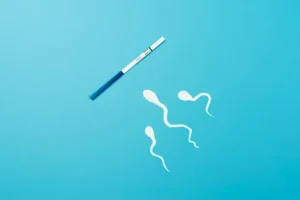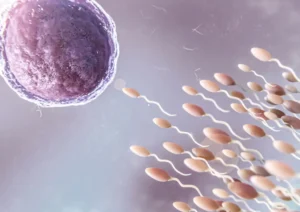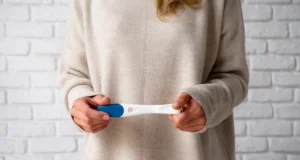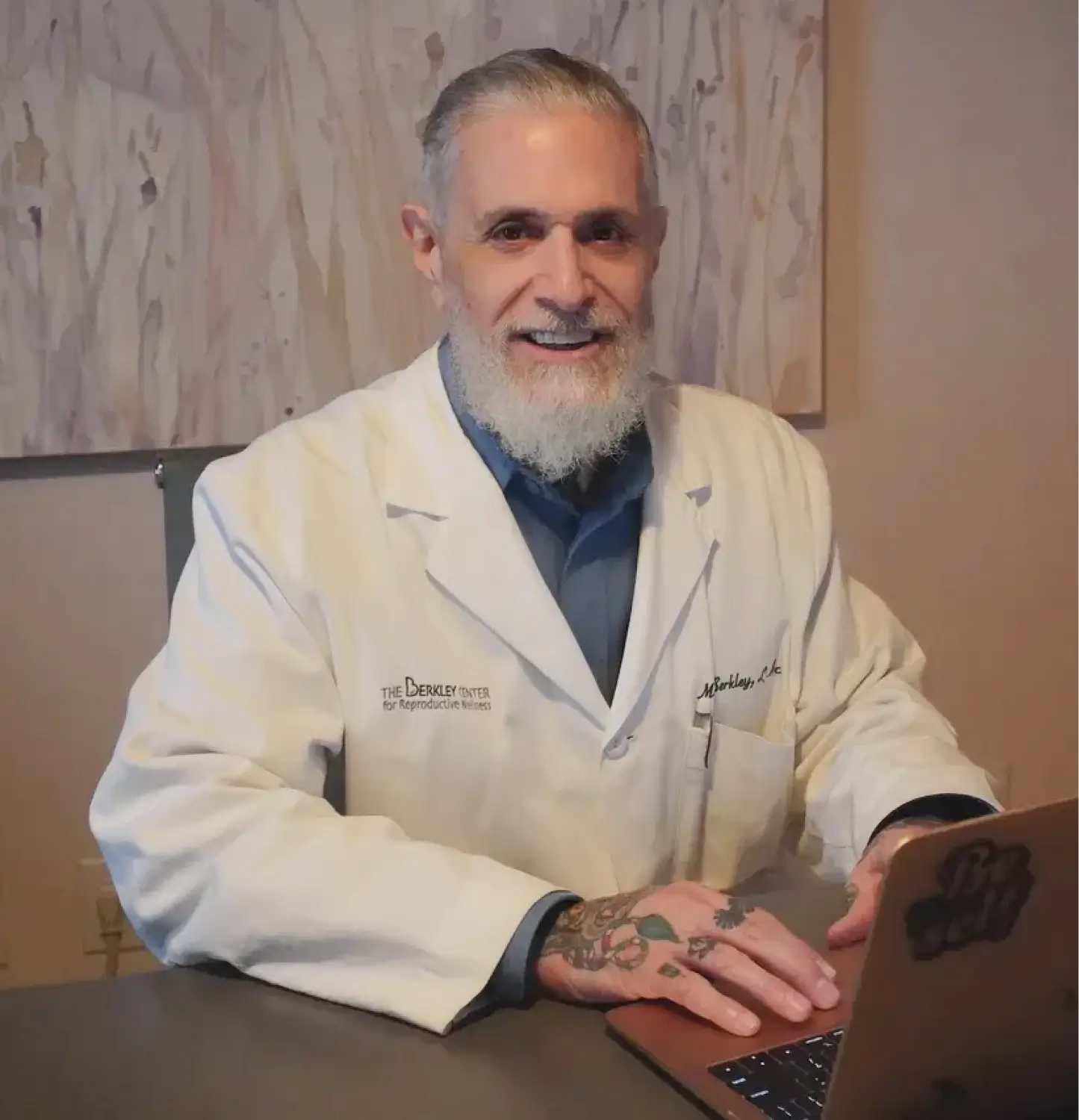Vitamin C, zinc, selenium, and Coenzyme Q10 (CoQ10) are nutrients and antioxidants that may support male fertility by improving sperm count, morphology, motility, and reducing sperm DNA fragmentation. Below is an explanation of their roles, mechanisms, and supporting evidence from scientific studies.





Mike Berkley, LAc, FABORM, is a licensed and board-certified acupuncturist and a board-certified herbalist. He is a fertility specialist at The Berkley Center for Reproductive Wellness in the Midtown East neighborhood of Manhattan, New York.
View all posts